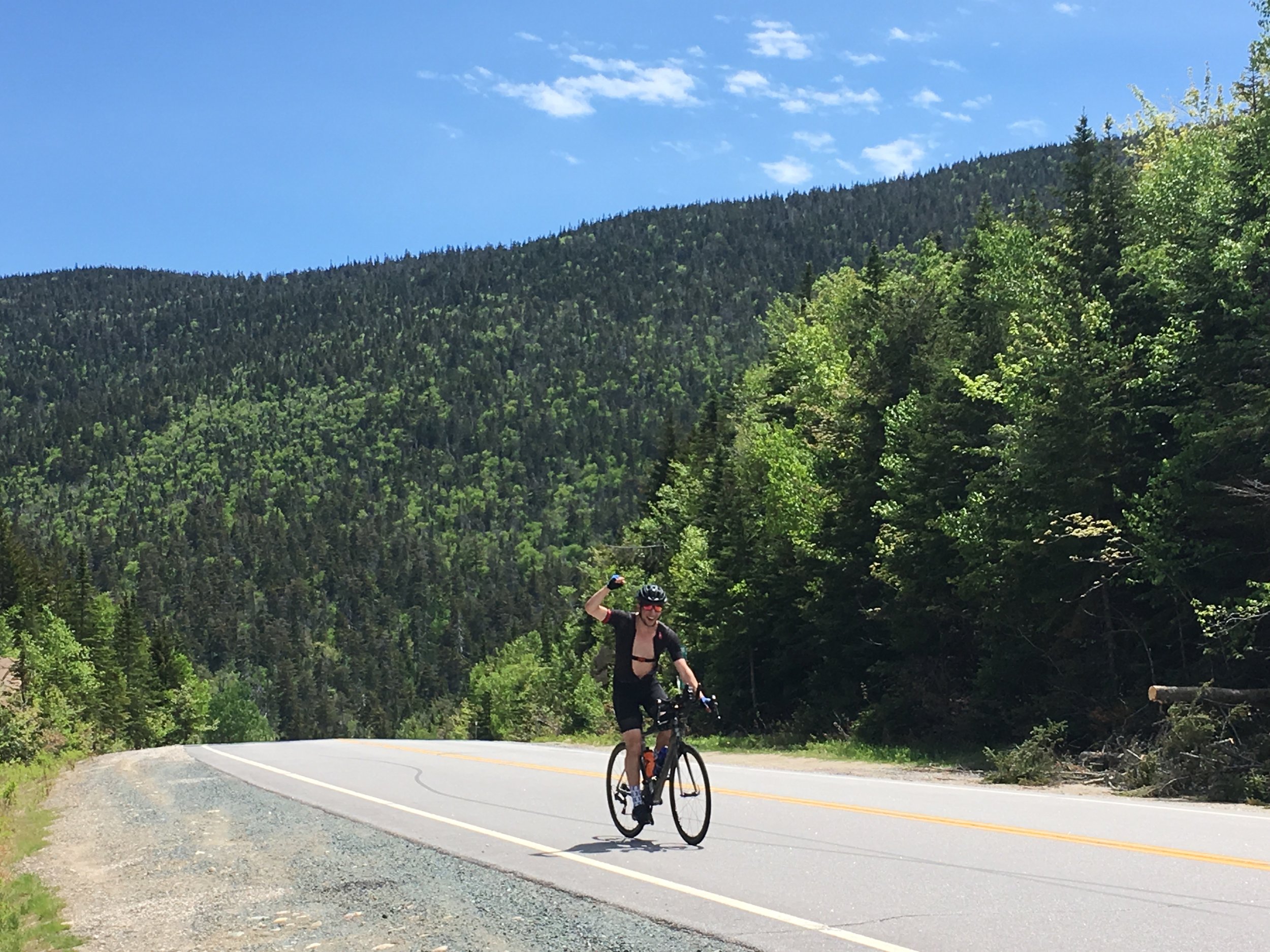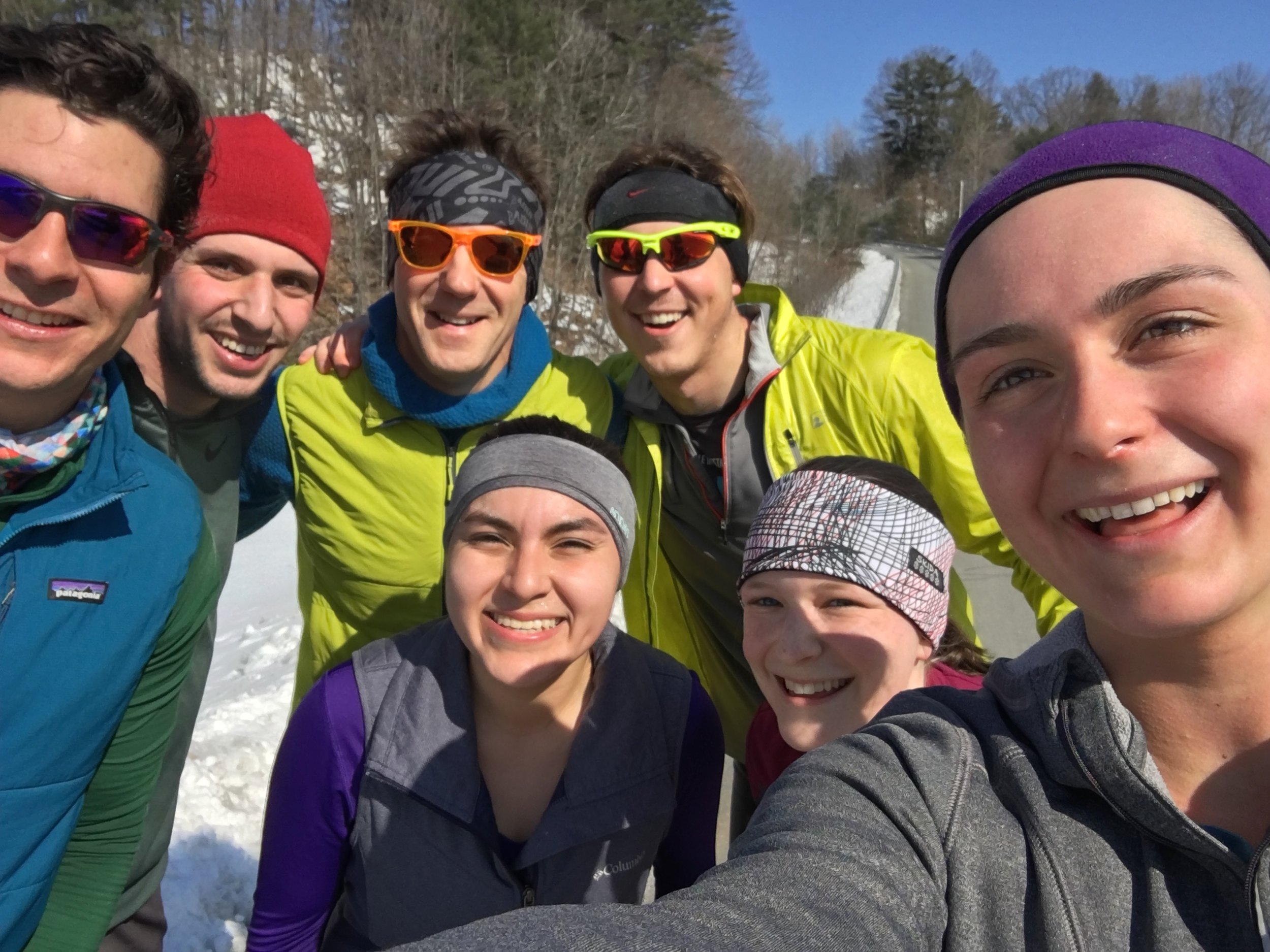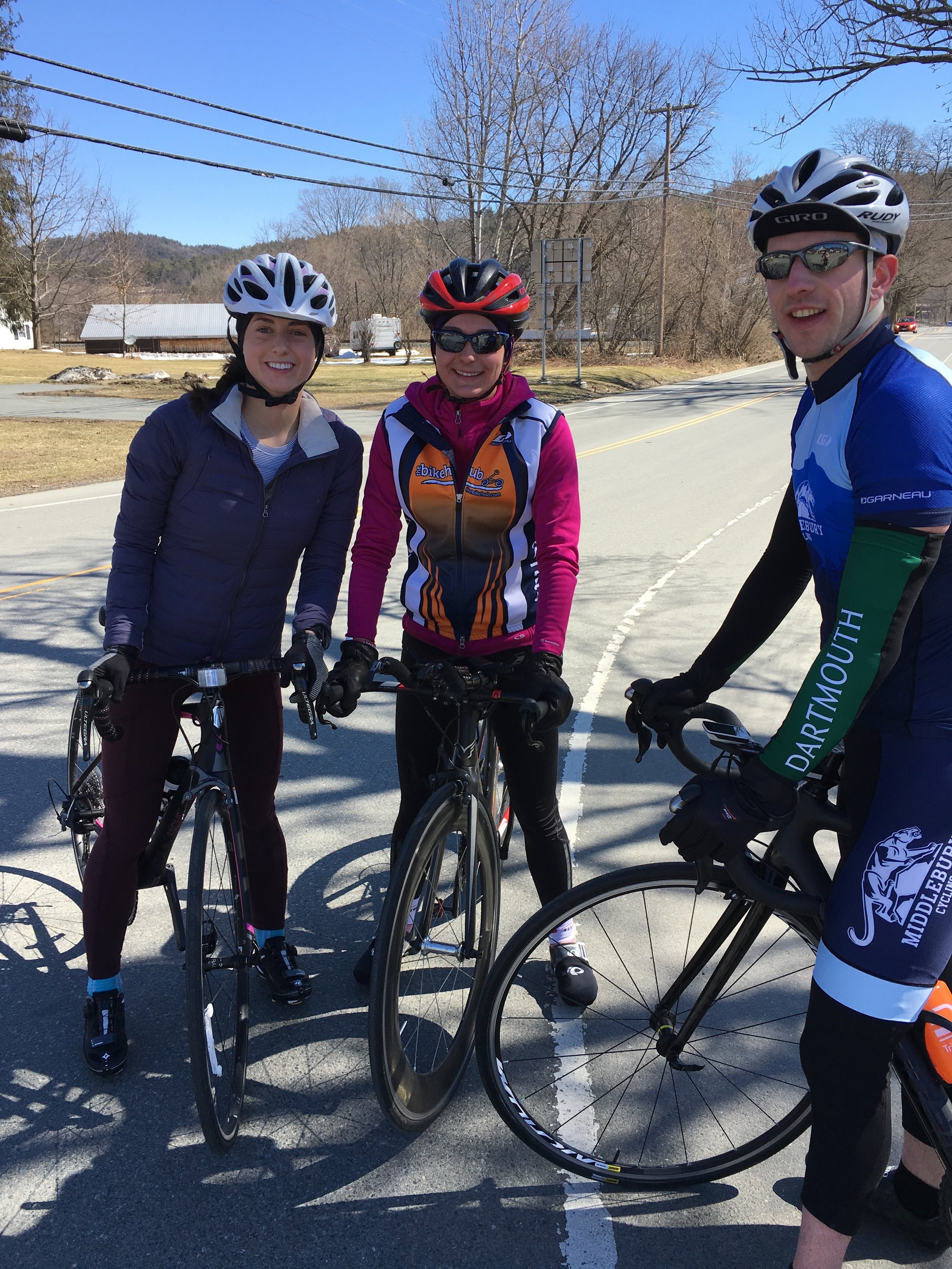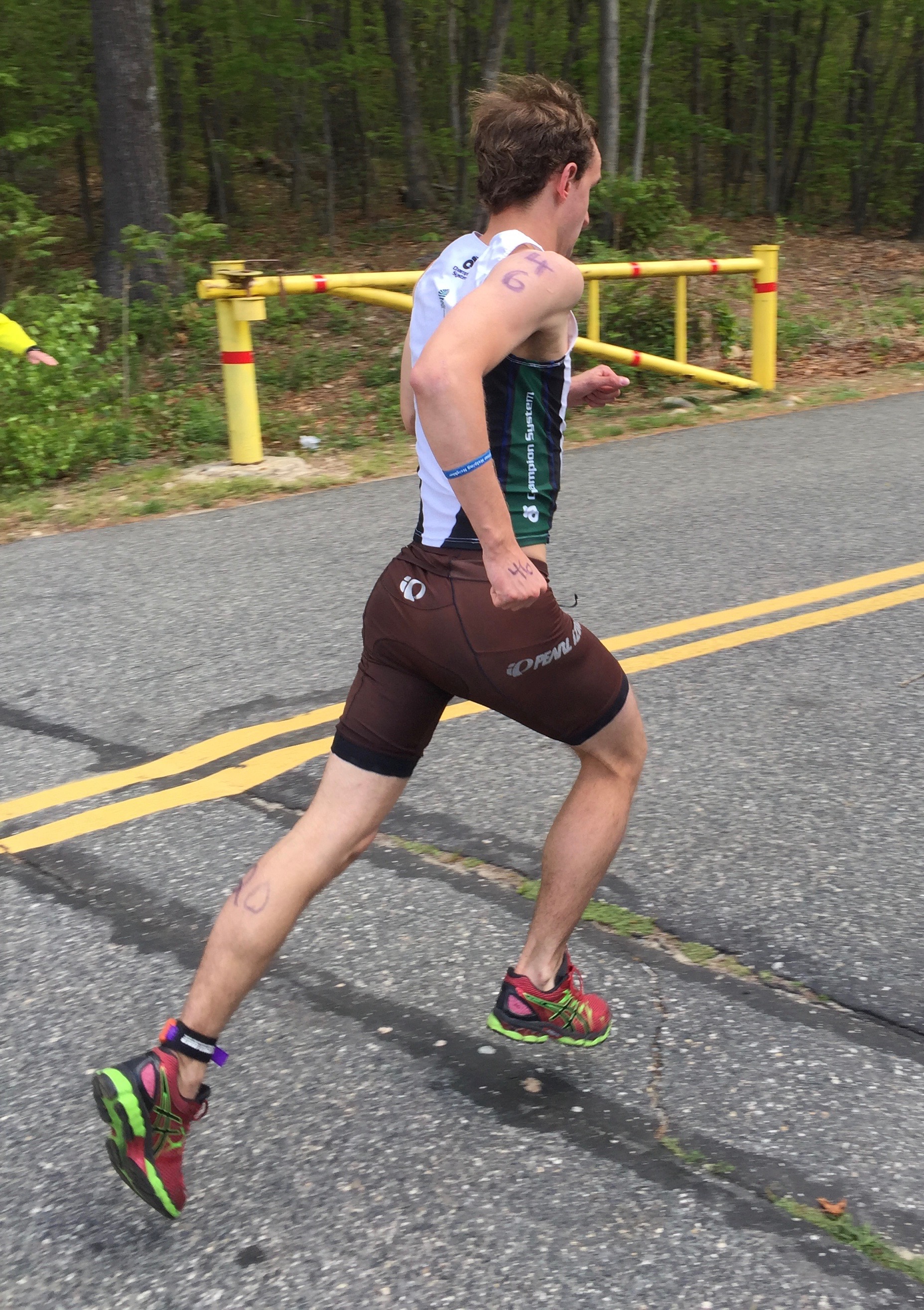Successful athletes are strong athletes, and strength comes from a focused, intentional, weighted strength program. Let’s break down what that means. As endurance athletes, we have three primary physical systems to improve:
Aerobic: 80% of training is Zone 2 aerobic foundation work, while the other 20% is harder efforts. Endurance athletes love to move their bodies, so they check this box easily with a proper, periodized training plan.
Metabolic: This goes together with Zone 2 aerobic training. Athletes improve their fat to carbohydrate burn ratio with a combination of focused training and healthy eating.
Muscular: Sports science shows that a robust, weighted strength program is critical to improve endurance athletes’ athletic performance. Increased strength means more power, force, and speed. Elite athletes know this, too. So, why is there so much confusion and skepticism from citizen athletes about picking up something heavier than a craft beer? Let’s pull this apart!
First things first: The strength routine you enjoy and do consistently is a check in the “win” column. It may not be the most effective strength program, but if you are doing something, you’ve started down a positive path. That path might include exercises that use your body weight, resistance bands, yoga, pilates, TRX, and/or bosu balls. A routine like this can be helpful, because it helps maintain your fitness and activate your core. But if you are not getting appreciably stronger with this routine -- and if it feels “comfortable” -- there is lots of room for improvement.
The “meat” of a weighted strength program
A weighted strength program moves beyond core activation exercises and incorporates weights, resistance, and machinery to help you build power. Ideally, the exact routine you follow should be determined by a professional and tailored to your weaknesses, imbalances, range of motion, and sport goals. With that said, you can count on your program to incorporate some of the following full-body compound exercises or variations thereof:
Squats, leg presses, deadlifts & lunges.
Lat pulls, rows & pull ups.
Bench and shoulder presses.
Back extensions and bridges.
You should always warm up with some light aerobic activity followed by some body weight or lighter weighted exercises, focusing on executing your perfect lift technique. Start with reps of 10-15 with lighter loads and then progress the weight and decrease the reps to 5-8. Take plenty of rest (90 seconds to 2 minutes). The goal is to execute your best form at increasing loads, not to get another cardio workout.
Use whatever equipment is readily available: barbells, dumbbells, kettlebells, and/or machines. If it’s heavy, it will work. There are a thousand things you can lift, and a thousand weighted strength exercises. Pick the ones that challenge large muscles and draw on your full body. When your routine feels easy, it means it’s time to change it up (usually every 6-8 weeks).
Your goal is to move heavy things 2-3x per week for 30 to 60 minutes. This shouldn’t be an epic session; get in, lift heavy, get out. Recent studies have shown that one set of 5-8 reps per large body part 2-3x per week will increase strength.
When should I lift?
Plan 9-10 months of the year to lift heavy and 2-3 months for a core/maintenance routine. It won’t be beneficial if you gain strength in November but your “A” race is in July. Schedule heavy strength in the off season and Base period, and taper it for the Build/Race season. This means you should keep that gym membership active year round -- or build yourself a fancier pain cave!
How do I incorporate lifting?
An effective strength program follows this general arc:
Find and hire a professional: a strength & conditioning coach, Physical Therapist (PT), or a personal trainer with competent weight training experience.
Work with your coach to assess your range of motion and identify body weaknesses and imbalances. This will prepare you to start a strength program. Your coach should teach you proper lifting technique with body or lighter weights at first.
Plan B: If you don’t have access to a local professional (nearly every gym has an instructor available), competent strength coaches post tons of videos on YouTube. (We’re happy to help you sort out who is legit and who is not.) You’ll need to proceed carefully as you won’t have the benefit of in-person technique feedback. But armed with a full length mirror and knowledge, you can make progress.
Start your program gradually, adding load and progression over time as you gain strength. After a few introductory sessions, your workout should feel challenging to the point of “wow, that was a super hard 8 reps!”
Try to separate your aerobic sessions from your lift sessions. Aerobic activity can lessen the effects of strength training. But if you need to go back-to-back with an aerobic and strength session, don’t let the goal of perfection stand in the way of progress.
Benefits of going heavy
If a new drink mix enhanced your body with the below traits, you would gladly pay a hefty monthly fee to access it. The benefits of a proper weighted strength program are the following:
Improve force production. If you increase your ground (run), pedal (bike), water (swim), or pole (ski) force, you increase your speed. You will have more lasting power throughout your workouts and races, allowing you to finish strong.
Increase lean muscle and shed body fat. Who doesn’t want to look good? That’s half the appeal of endurance sports!
Improve efficiency and economy. Go faster with less effort.
Eliminate muscle and tendon niggles and prevent major injuries. This alone should send you sprinting to the gym!
Like Zone 2 training that builds your aerobic engine, lifting provides the muscular foundation for all physical activity. Big aerobic fitness pays huge dividends in endurance racing, and the same is true for a robust, strong body. Stack the two foundations and you have an endurance castle.
Stepping back further, some of the most important benefits of being an athlete are long-term health and longevity. A strong body will serve you not only on course, but leaning into the car with grocery bags, shoveling the driveway, or moving furniture. We want you strong now, in the future, and in all aspects of your life.
Additional reasons to pump iron
If you hired a coach and completed their swim, bike, and/or run program but never got faster, you would fire them. The point of training is to improve. If your current strength routine does not result in a stronger, faster body, why would you continue with it? Don’t settle for status quo strength. Become the athlete you are meant to be.
On race day, you should be most afraid of the competitor who is less aerobically trained than you are but is much stronger. Strength, like big fitness, allows an athlete to do things on the race course that weaker athletes can’t. It allows you to animate and control the race.
Finally, if you were to describe the characteristics of your favorite athletes, strength would make the top five. Whether it’s triathlon, ultrarunning, swimming, cycling, soccer, dance, or wrestling, the best in sport are super fit, skilled, and strong.
Who should do weighted strength?
Everyone should lift weights! But if you are a novice, Masters, or aspiring Front of the Pack (FOP) age grouper, lifting is all the more important. If you are in your mid 20s to early 30s with a significant athletic background, your biggest challenges tend to fall in the aerobic and metabolic efficiency buckets, so you can make aerobic efficiency your first priority -- but don’t forget to lift sometimes.
Will I get huge like Arnold?
No. Period. End of story. You will, however, start to feel and look great. As a time crunched athlete, you will love the return on investment: the speed, the power and look. If you are a 40+ year old athlete, you will start to look and feel 10, 20, or 30 years younger. Convinced yet?
A progressive, weighted strength program will round you out as a complete athlete and healthy person. Lifting will give you an edge and forge a sword to take into race battle. Plus, who doesn’t like to hear, “You look great! You’ve been working out?!” So get strong and don’t forget to flex! - Jim
Reference Papers:
https://www.ncbi.nlm.nih.gov/pubmed/29249083











